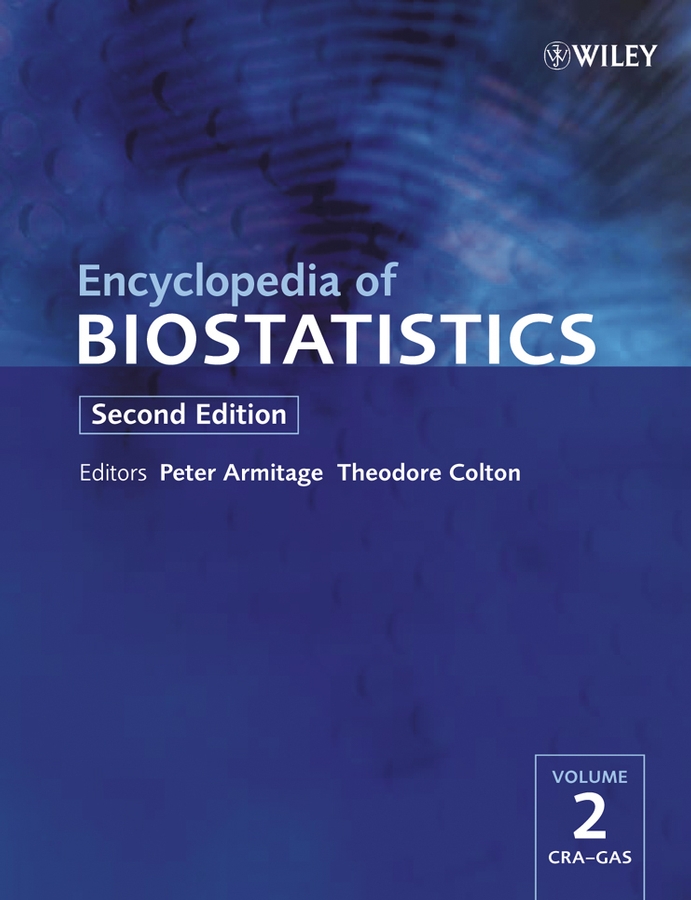Abstract
The principal distinction between “simple” monogenic diseases and “complex” diseases is that the latter do not exhibit classic patterns of Mendelian inheritance. Complex diseases tend to involve greater difficulties in phenotype definition and present challenges for genetic epidemiology. There is, typically, incomplete penetrance and genetic heterogeneity and they are often closely associated with “intermediate” phenotypes that are themselves highly heritable. The use of isolated populations, inbred animal models, and linkage and association analysis with haplotypes are often used in the study of complex diseases.
References
- 1 Asher, M. I., Keil, U., Anderson, H. R., Beasley, R., Crane, J., Martinez, F., Mitchell, E. A., Pearce, N., Sibbald, B., Stewart, A. W., Strachan, D., Weiland, S. K., & Williams, H. C. (1995). International Study of Asthma and Allergies in Childhood (ISAAC): rationale and methods, European Respiratory Journal 8, 483–491.
- 2 Allison, D. B. & Schork, N. J. (1997). Selected methodological issues in meiotic mapping of obesity genes in humans: issues of power and efficiency, Behavioral Genetics 27, 401–421.
- 3 Collins, A. & Morton, N. E. (1998). Mapping a disease locus by allelic association, Proceedings of the National Academy of Sciences 95, 1741–1745.
- 4 Elston, R. (1993). Genetic analysis of complex phenotypes: family studies of total IgE and bronchial hyperreactivity, in The Genetics of Asthma, D. Marsh, A. Lockhart & S. Holgate, eds. Blackwell Scientific Publications, Oxford, Chapter 12.
- 5 Elston, R. (1995). The genetic dissection of multifactorial traits, Clinical and Experimental Allergy 2, 103–106.
- 6 Hopkins, J. (1995). Genetics of atopy, Pediatric Allergy and Immunology 6, 139–144.
- 7 Lander, E. & Schork, N. (1994). Genetic dissection of complex traits, Science 265, 2037–2048.
- 8 Lenney, W. (1997). The burden of pediatric asthma, Pediatric Pulmonology Supplement 15, 13–16.
- 9 Li, T., Ball, D., Zhao, J., Murray, R. M., Liu, X., Sham, P. C. & Collier, D. A. (2000). Family-based linkage disequilibrium mapping using SNP marker haplotypes: application to a potential locus for schizophrenia at chromosome 22q11, Molecular Psychiatry 5, 452.
- 10 Linder, C. C. (2001). The influence of genetic background on spontaneous and genetically engineered mouse models of complex diseases, Laboratory Animals (New York) 30, 34–39.
- 11 Long, A. D. & Langley, C. H. (1999). The power of association studies to detect the contribution of candidate genetic loci to variation in complex traits, Genome Research 9, 720–731.
- 12 MacLean, C. J., Morton, N. E. & Yee, S. (1984). Combined analysis of genetic segregation and linkage under an oligogenic model, Computers and Biomedical Research 17, 471–480.
- 13 Marklova, E. (2001). Genetic aspects of diabetes mellitus, Acta Medica 44, 3–6.
- 14 Nielsen, R. (2000). Estimation of population parameters and recombination rates from single nucleotide polymorphisms, Genetics 154, 931–942.
- 15
Olson, J. M.,
Witte, J. S. &
Elston, R. C.
(1999).
Genetic mapping of complex traits,
Statistics in Medicine
18,
2961–2981.
10.1002/(SICI)1097-0258(19991115)18:21<2961::AID-SIM206>3.0.CO;2-U CAS PubMed Web of Science® Google Scholar
- 16 Palmer, L. J., Burton, P. R., James, A. L., Musk, A. W. & Cookson, W. O. (2000). Familial aggregation and heritability of asthma-associated quantitative traits in a population-based sample of nuclear families, European Journal of Human Genetics 8, 853–860.
- 17 Risch, N. & Merikangas, K. (1996). The future of genetic studies of complex human diseases, Science 273, 1516–1517.
- 18 Sibal, L. R. & Samson, K. J. (2001). Nonhuman primates: a critical role in current disease research, ILAR Journal 42, 74–84.
- 19 Terwilliger, J. D. (1995). A powerful likelihood method for the analysis of linkage disequilibrium between trait loci and one or more polymorphic marker loci, American Journal of Human Genetics 56, 777–787.
- 20 Terwilliger, J. D. & Goring, H. H. (2000). Gene mapping in the 20th and 21st centuries: statistical methods, data analysis, and experimental design, Human Biology 72, 63–132.
- 21 Terwilliger, J. D. & Weiss, K. M. (1998). Linkage disequilibrium mapping of complex disease: fantasy or reality?, Current Opinion in Biotechnology 9, 578–594.
- 22 Toivonen, H. T., Onkamo, P., Vasko, K., Ollikainen, V., Sevon, P., Mannila, H., Herr, M. & Kere, J. (2000). Data mining applied to linkage disequilibrium mapping, American Journal of Human Genetics 67, 133–145.
- 23 Weeks, D. & Lathrop, G. (1995). Polygenic disease: methods for mapping complex disease traits, Trends in Genetics 11, 513–519.
- 24 Zhao, L. P., Aragaki, C., Hsu, L. & Quiaoit, F. (1998). Mapping of complex traits by single-nucleotide polymorphisms, American Journal of Human Genetics 63, 225–240.
- 25 Zollner, S. & von Haeseler, A. (2000). A coalescent approach to study linkage disequilibrium between single-nucleotide polymorphisms, American Journal of Human Genetics 66, 615–628.



